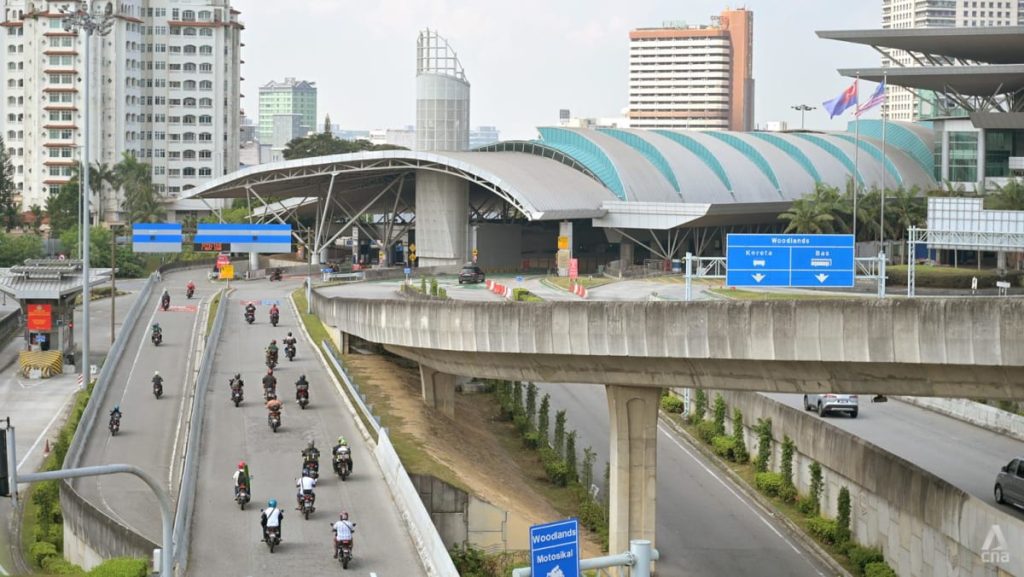Singapore’s implementation of QR codes in public transportation has made a significant impact on commuters, reducing travel time and improving efficiency. With the unveiling of the Rapid Transit System Link between Johor and Singapore, as well as the proposed Johor-Singapore Special Economic Zone, there is a growing call for Malaysia to follow suit and implement similar QR code systems in their public transportation networks. The success of Singapore’s QR code rollout has set a precedent for neighboring countries to adopt similar technologies in order to enhance the overall commuter experience.
One of the key benefits of Singapore’s QR code system is the reduction in travel time for commuters. By allowing passengers to simply scan a QR code to access public transportation services, the process of boarding and alighting trains and buses has become faster and more efficient. This has not only improved the overall commuter experience but has also helped to alleviate congestion at stations and terminals. As Malaysia looks to enhance connectivity with Singapore through the Rapid Transit System Link, implementing a similar QR code system could help streamline the cross-border travel experience for commuters on both sides of the border.
In addition to reducing travel time, the implementation of QR codes in public transportation has also improved the overall efficiency of the system. By digitizing the ticketing process, operators are able to collect valuable data on passenger behavior and travel patterns. This data can be used to optimize routes and schedules, as well as to identify areas where additional services may be needed. With the planned Johor-Singapore Special Economic Zone expected to increase cross-border travel between the two countries, having access to this data will be crucial in ensuring that transportation services can meet the growing demand.
The success of Singapore’s QR code rollout has not gone unnoticed by commuters in Malaysia, who are eager to see similar improvements in their own public transportation network. With the completion of the Rapid Transit System Link on the horizon, there is a growing demand for Malaysia to implement QR code systems in order to enhance the overall commuter experience and improve connectivity with Singapore. By adopting similar technologies, Malaysia can not only streamline the travel experience for passengers but also improve the efficiency and reliability of their public transportation services.
As Malaysia looks to enhance connectivity with Singapore through the Rapid Transit System Link and the proposed Johor-Singapore Special Economic Zone, the implementation of QR codes in public transportation could play a crucial role in realizing these goals. By simplifying the ticketing process, reducing travel time, and improving overall efficiency, QR code systems have the potential to transform the commuter experience and make cross-border travel more convenient. With the success of Singapore’s QR code rollout serving as a model, Malaysia has the opportunity to leverage similar technologies to enhance their public transportation network and improve connectivity with their neighbors.
In conclusion, the implementation of QR codes in Singapore’s public transportation system has had a significant impact on commuters, reducing travel time and improving efficiency. As Malaysia looks to enhance connectivity with Singapore through the Rapid Transit System Link and the planned Johor-Singapore Special Economic Zone, there is a growing call for QR code systems to be implemented in Malaysian public transportation. By adopting similar technologies, Malaysia can streamline the travel experience for passengers, improve efficiency, and enhance connectivity with their neighbors. The success of Singapore’s QR code rollout has set a precedent for other countries in the region to follow suit and leverage technology to transform their public transportation networks.


